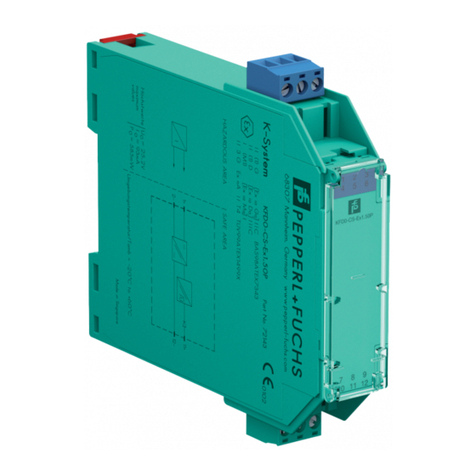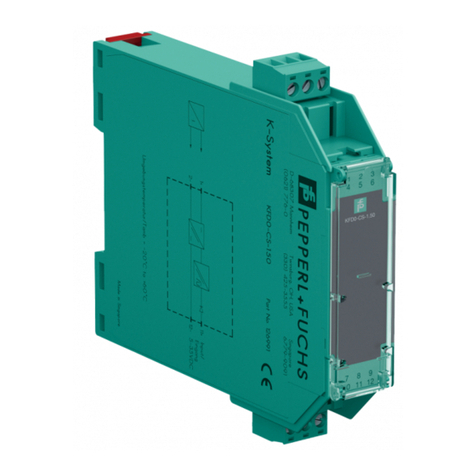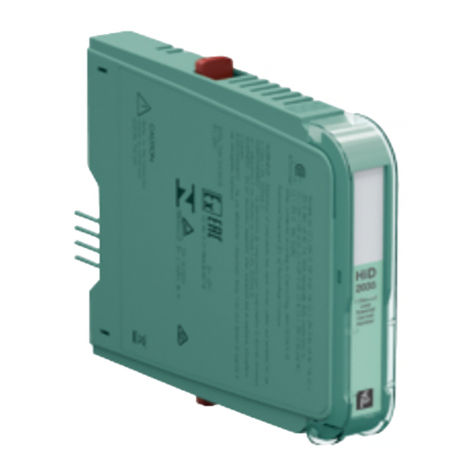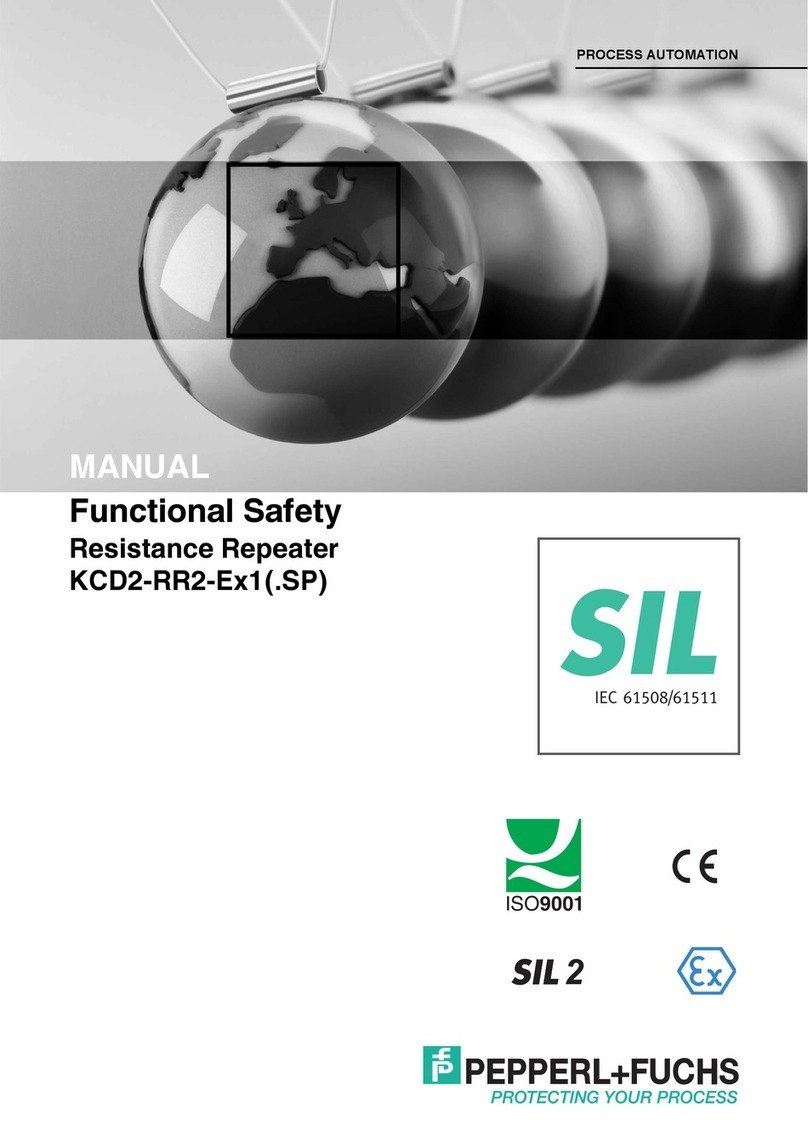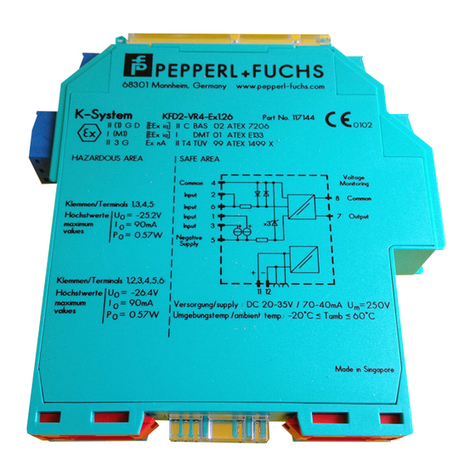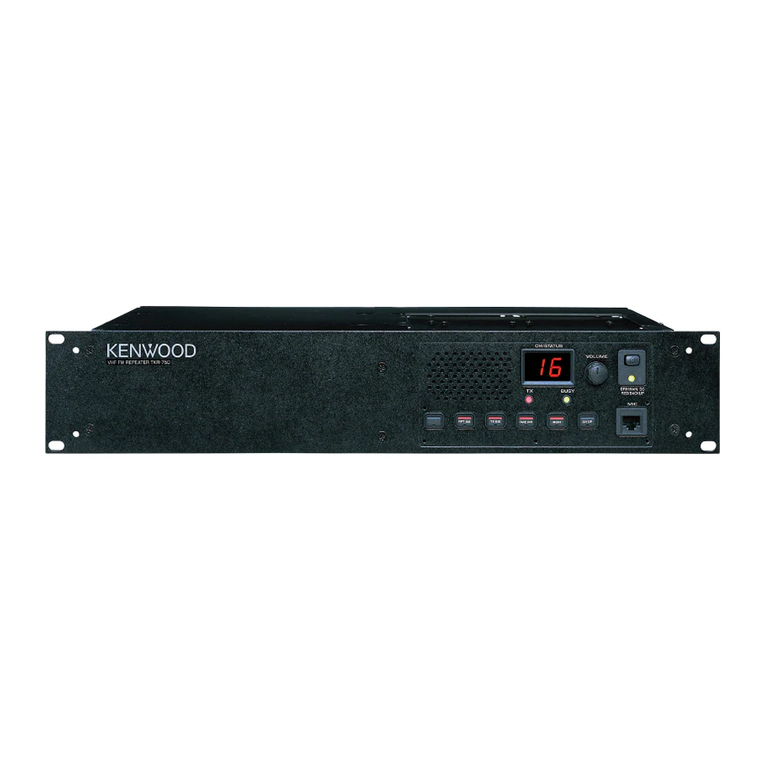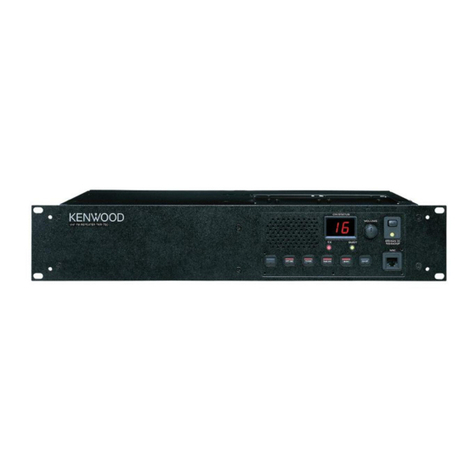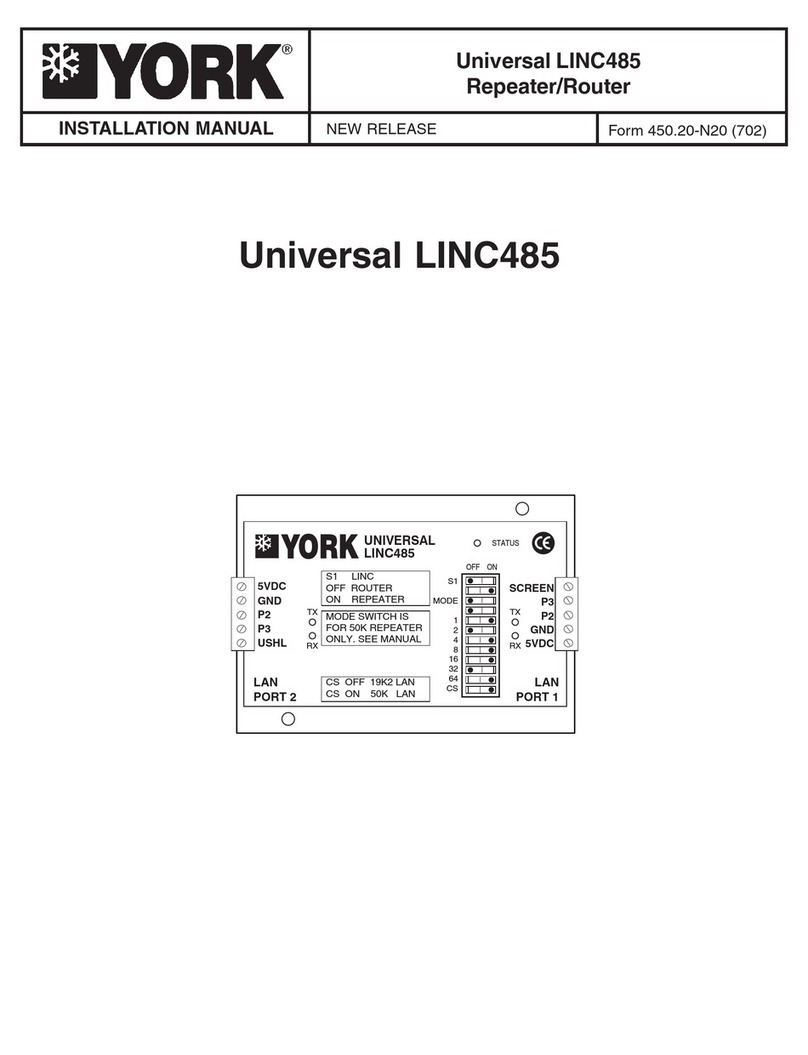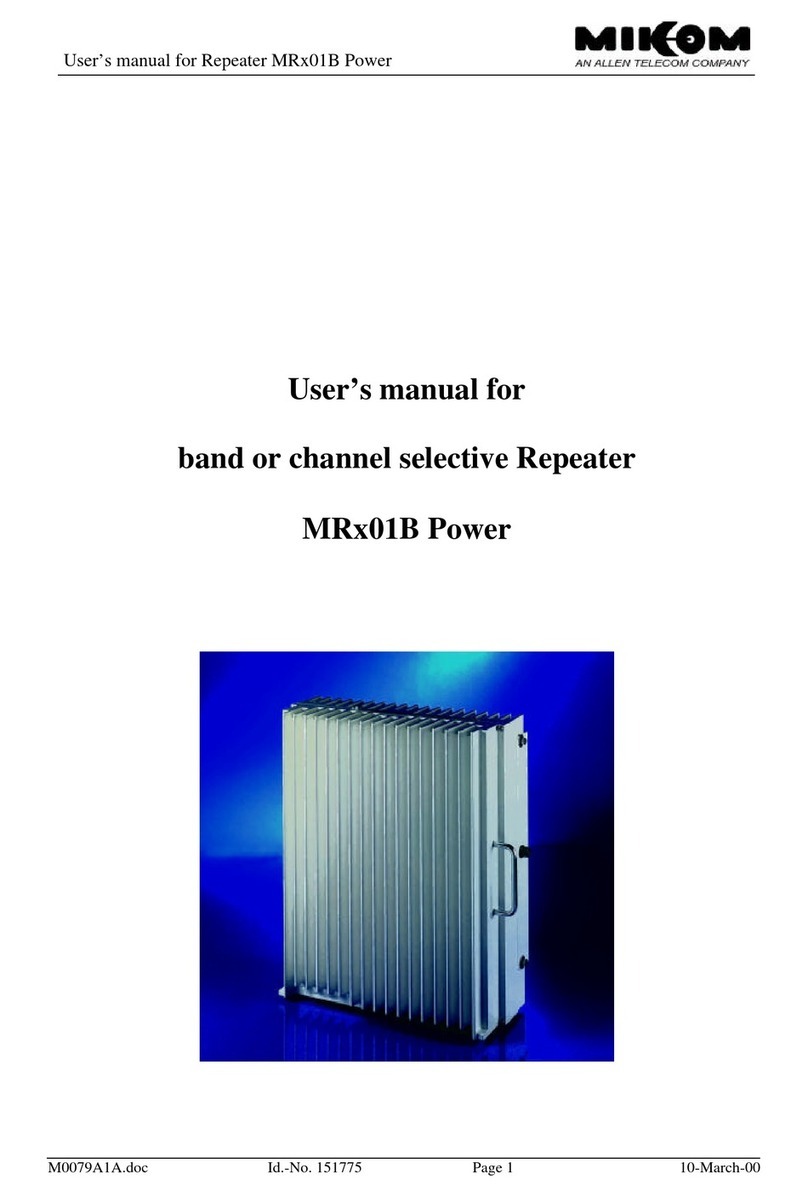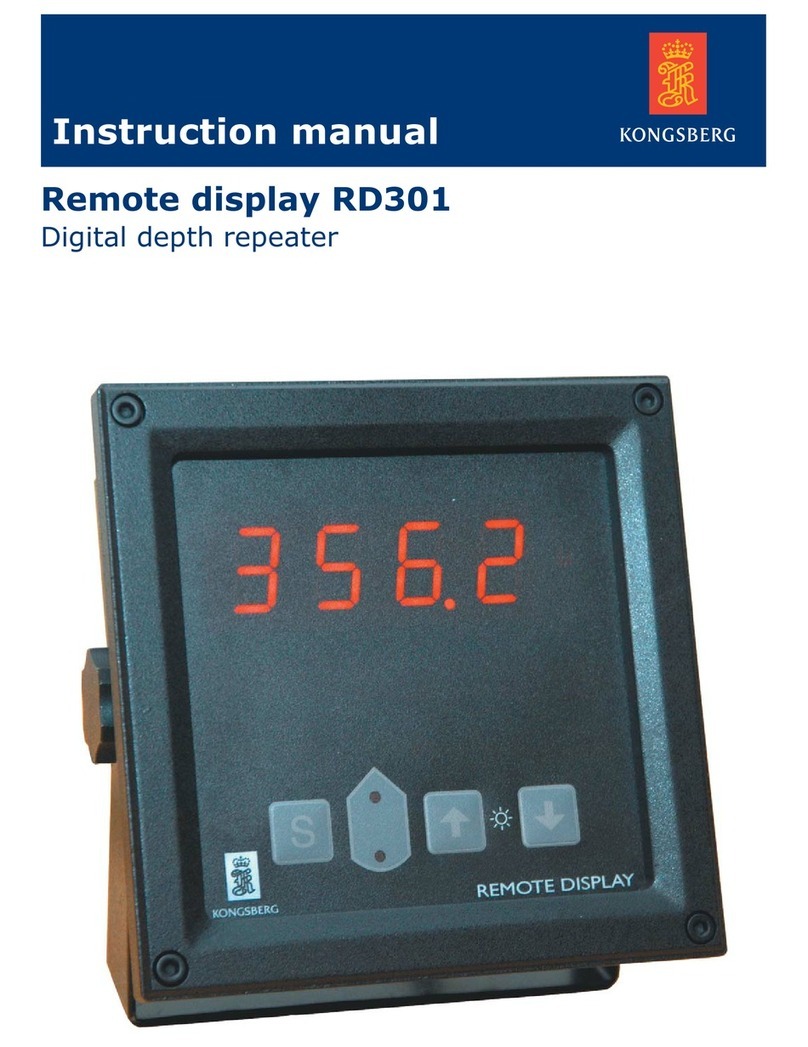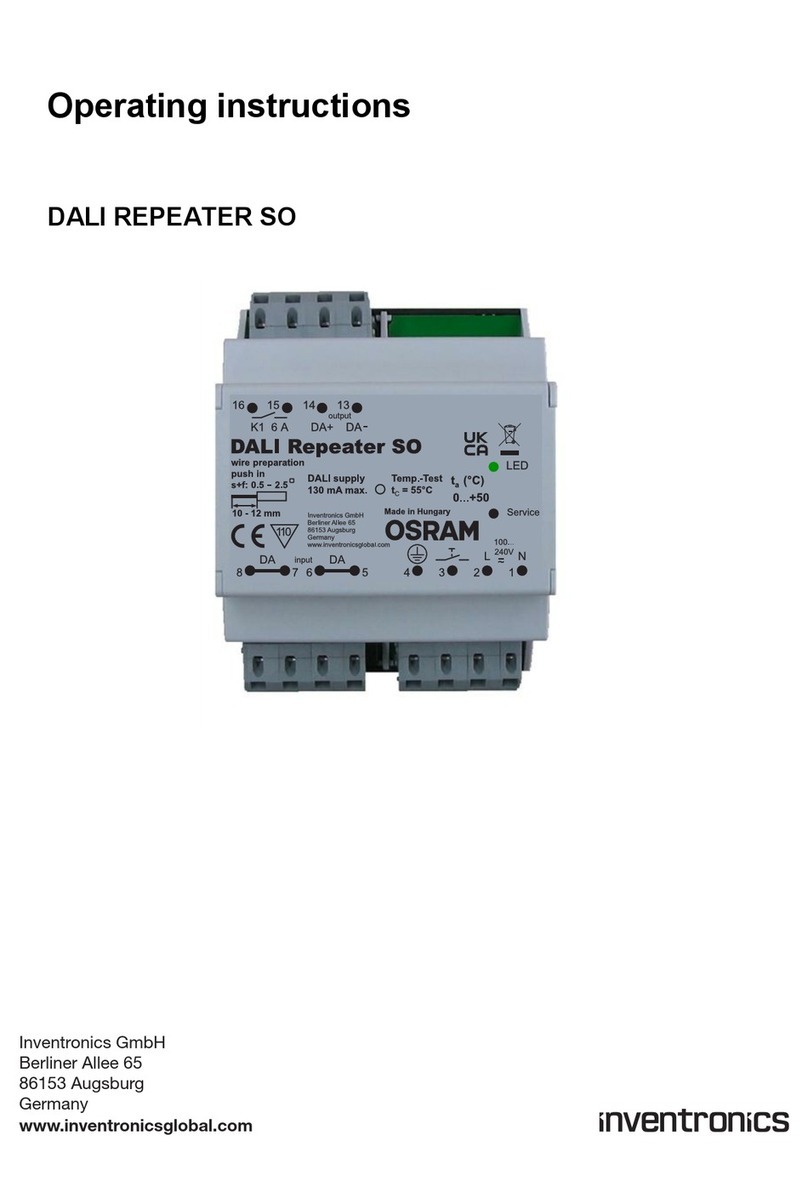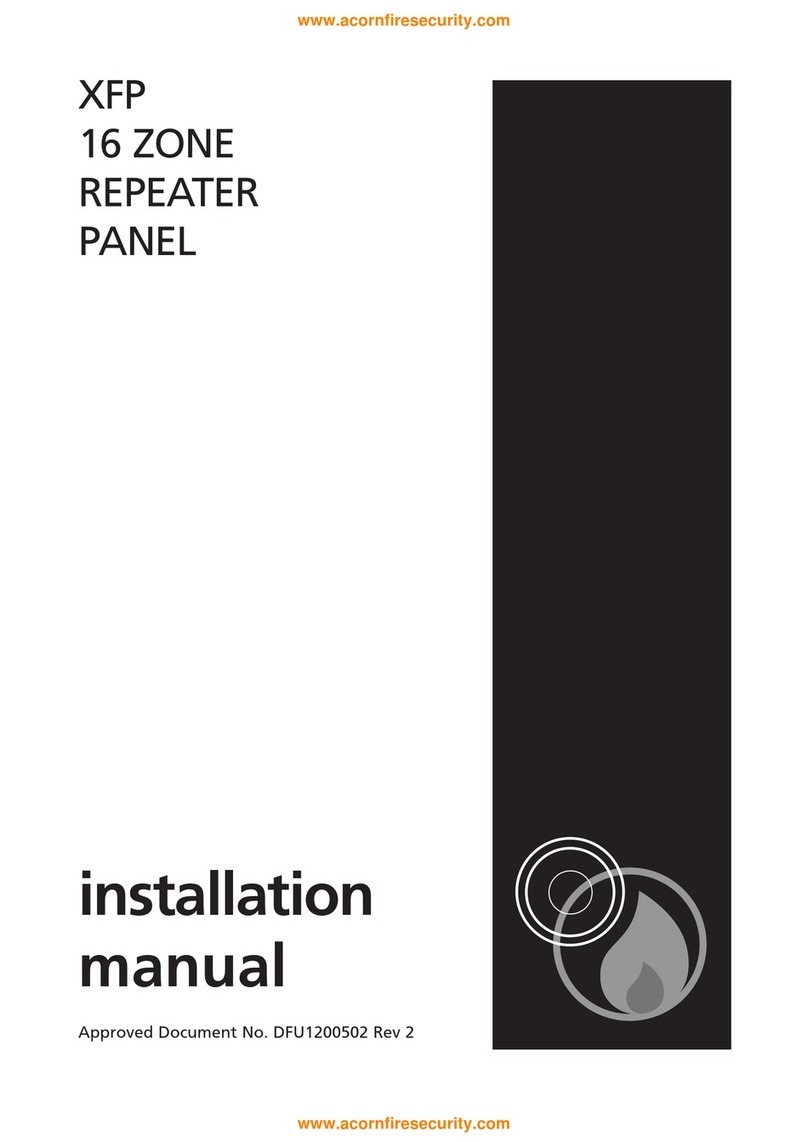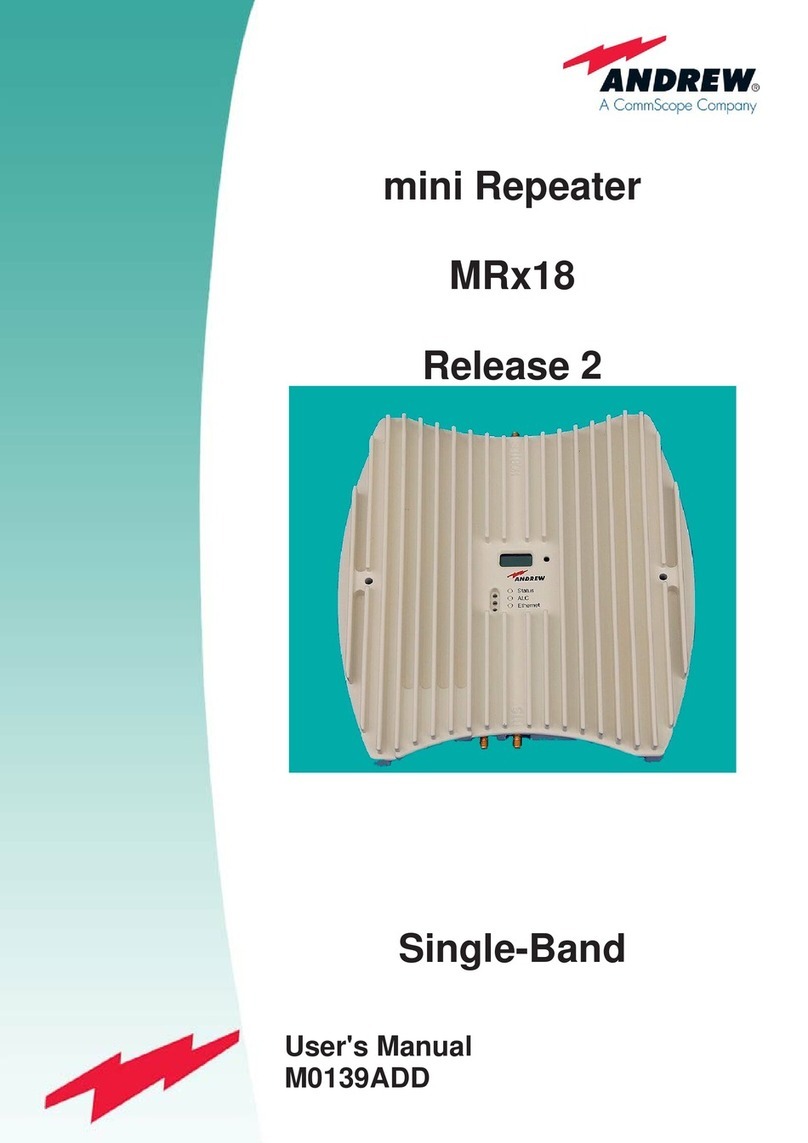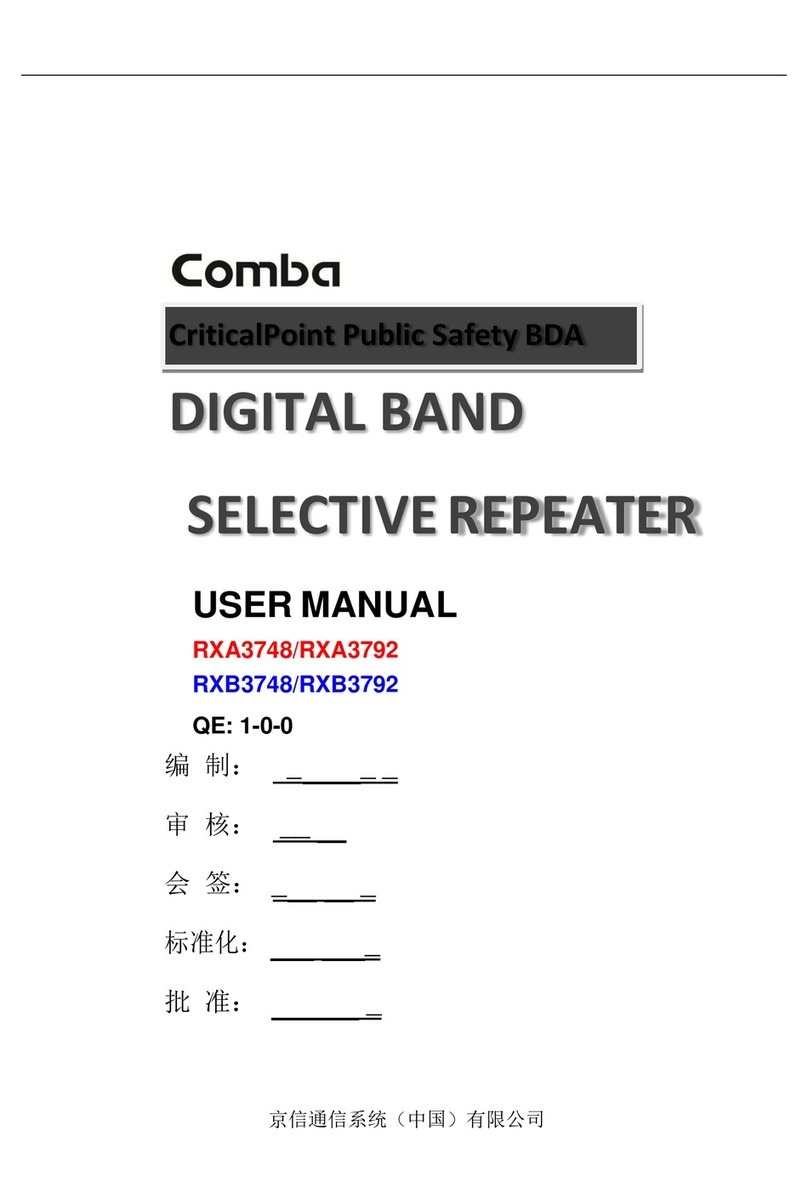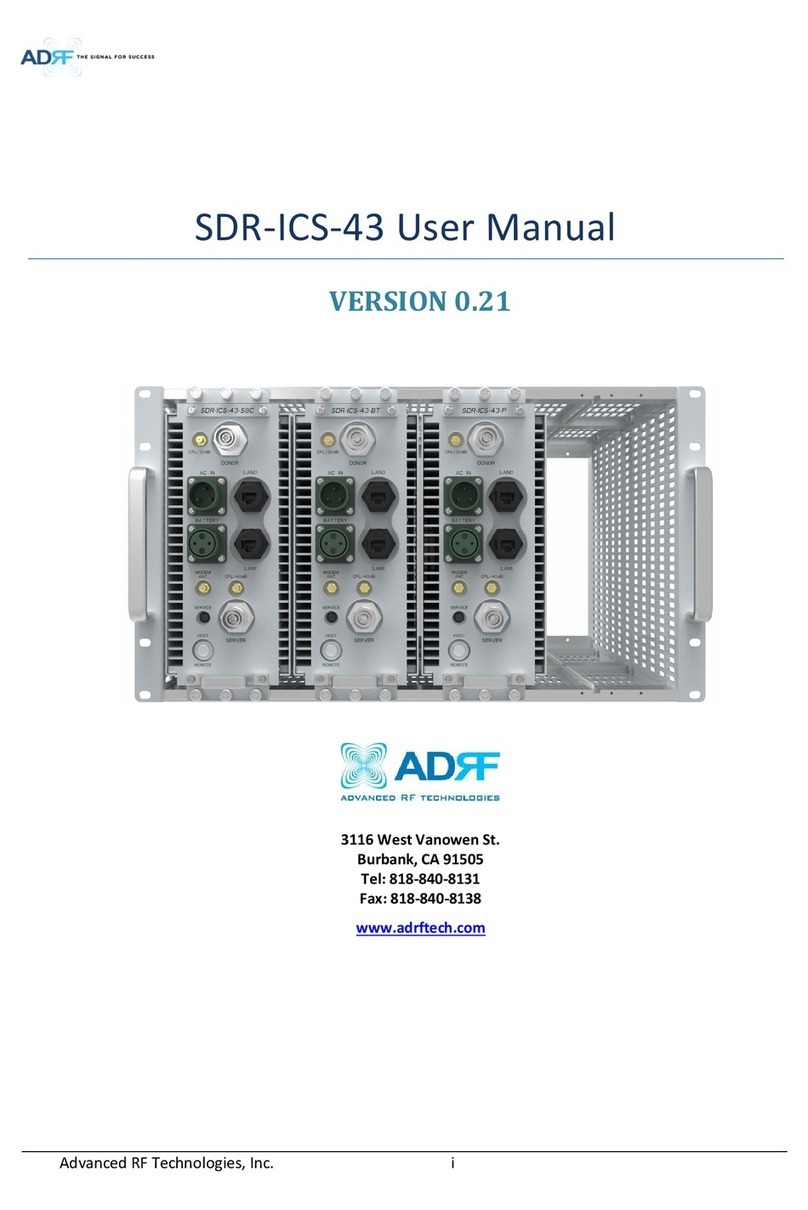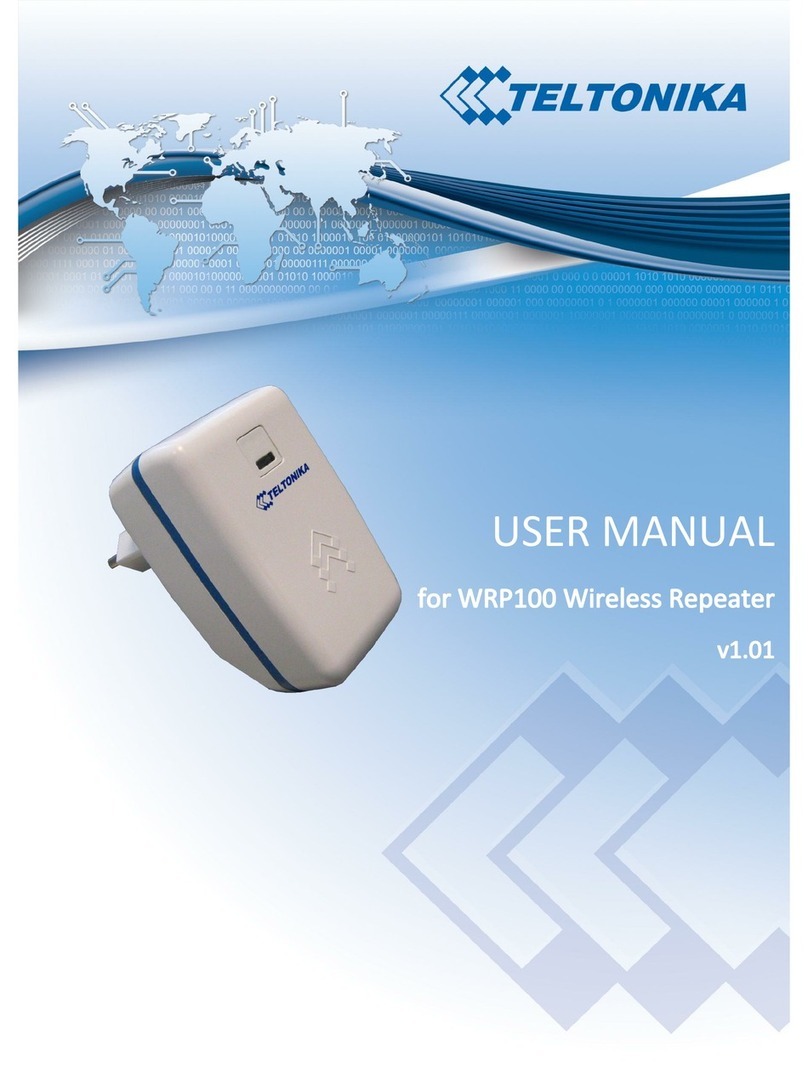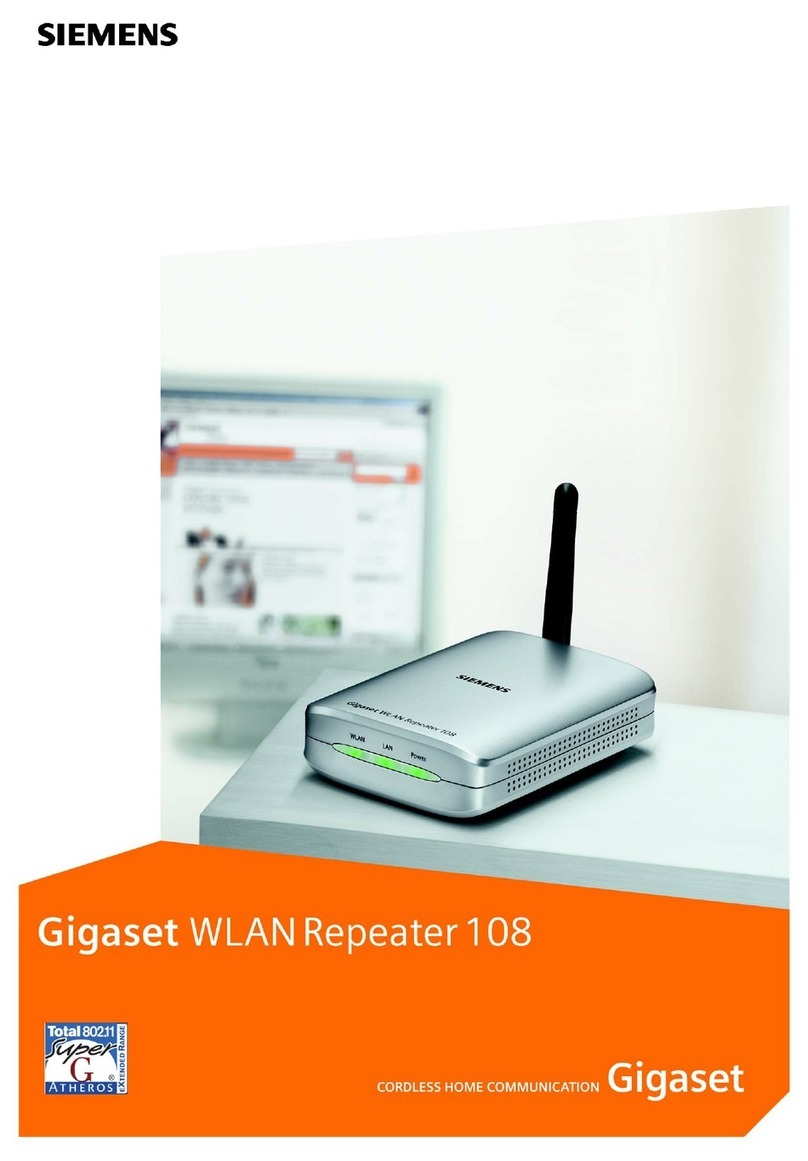
2018-06
10
Functional Safety KFD0-CS-(Ex)*.54*, KFD0-CS-(Ex)*.56*
Planning
3.2 Assumptions
The following assumptions have been made during the FMEDA:
• Failure rate based on the Siemens standard SN29500.
• Failure rates are constant, wear is not considered.
• External power supply failure rates are not included.
• The device will be used under average industrial ambient conditions comparable to
the classification "stationary mounted" according to MIL-HDBK-217F.
Alternatively, operating stress conditions typical of an industrial field environment similar
to IEC/EN 60654-1 Class C with an average temperature over a long period of time of
40 ºC may be assumed. For a higher average temperature of 60 ºC, the failure rates must
be multiplied by a factor of 2.5 based on experience. A similar factor must be used
if frequent temperature fluctuations are expected.
• The application program in the safety logic solver is designed such that all currents below
1 mA or above 40 mA (20 mA for KFD0-CS-Ex*.54*) are detected and lead to the safe
state.
SIL 2 Application
• The device shall claim less than 10 % of the total failure budget for a SIL 2 safety loop.
• For a SIL 2 application operating in low demand mode the total PFDavg value of the
SIF (Safety Instrumented Function) should be smaller than 10-2, hence the maximum
allowable PFDavg value would then be 10-3.
• For a SIL 2 application operating in high demand mode the total PFH value of the
SIF should be smaller than 10-6 per hour, hence the maximum allowable PFH value would
then be 10-7 per hour.
• The safety-related device is considered to be of type Adevice with a hardware fault
tolerance of 0.
• Since the safety loop has a hardware fault tolerance of 0and it is a type Adevice,
the SFF must be > 60 % according to table 2 of IEC/EN 61508-2 for a SIL 2 (sub) system.
Exclusion
• The following obsolete devices are excluded from this evaluation.
KFD0-CS-Ex1.54-Y72221 Part number 072221
KFD0-CS-Ex1.54 Part number 107496
KFD0-CS-Ex2.54 Part number 107497
